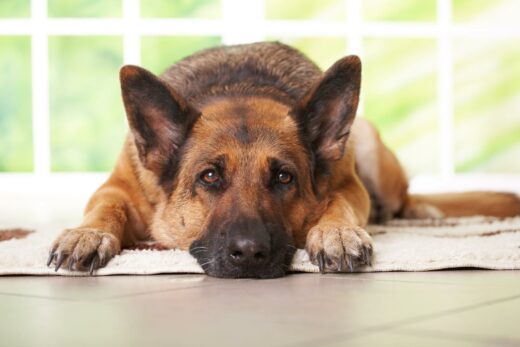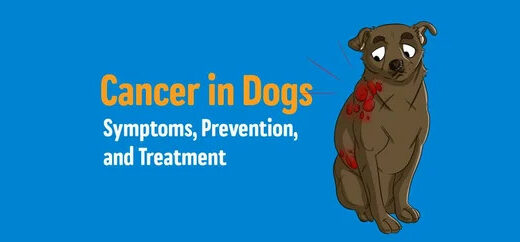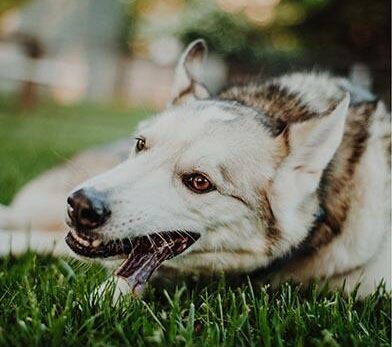Cat obesity is an increasingly common disease and has become a top concern for pet parents and veterinarians. It is characterized by excess body fat, which accumulates to a point where a cat’s health is adversely affected. In today’s post, we’ll provide some background on cat obesity, nutrition, and actions that you can take at home and in collaboration with your veterinarian to help your cat reach and maintain a healthy weight.
Why Do Cats Get Fat?
According to the Association for Pet Obesity Prevention (APOP), an estimated 60% of cats in the U.S. are overweight or obese. Excess body fat is associated with a range of feline diseases including diabetes mellitus, gastrointestinal disease, upper and lower urinary tract conditions, osteoarthritis, chronic inflammation, and an overall decreased life span. Dr. Ernie Ward, founder of the APOP, states that cat obesity is a multifaceted condition that can be influenced by:
- Pet-owner relationships
- Genetics
- Lifestage and neutered status
- The endocrine system
Other factors that may contribute to a cat’s propensity toward obesity include lifestyle, diet, comorbidities (e.g., diabetes, cancer), medications, and the gut microbiome.
Ideal Cat Weight Ranges
The APOP provides ideal cat weight ranges, which for domestic cats is 8-10 lbs, Persian cats 7-12 lbs, Siamese 5-10 lbs, and Maine Coons have the largest ideal weight range of between 10-25 lbs.
Your veterinarian will weigh your cat during their wellness visits; however, purchasing a digital pet scale for your home is a great way to keep track of your cat’s weight over time. It’s a more accurate method for obtaining your cat’s weight than at-home scales made for human adults. Maintaining a healthy body weight for your cat is key to supporting their health, wellness, and longevity.
For details on how to weigh your cat, including tips and tricks for making the process more comfortable and stress-free, visit Certified Applied Animal Behaviorist and Certified Cat Behavior Consultant Dr. Mikel Maria Delgado’s “Weigh Your Cat!” piece found on the What Your Cat Wants blog site.
BCS For Cats
While the APOP weight ranges are good to keep in mind, these averages may not apply to all cats. Weight is not the only factor to consider—it is also important to understand your cat’s body condition score (BCS).
In the chart below, the middle image displays the ideal feline body condition. The cat represented in this image is well-proportioned, and if one were to palpate its ribs there would only be a slight covering of fat. Looking from above, the cat’s waist would be visible behind its ribs, yet not pronounced. Their abdominal “fat pad” (toward the back of their belly) would be minimal.

The build of cats can vary along with their muscle and bone density, so this is why it is important to assess not only weight, but also body condition. Body condition scoring is a process of evaluating a cat’s muscle tone (or lack thereof) and storage of fat on their body. Though there are two commonly used BCS Scales, both assess the same aspects of body composition. One is the lowest number of the scale that corresponds to a cat being too thin, and the higher number (either a 5 or a 9) on the scale corresponds to a cat that is overweight or obese. Cats with a BCS of 9 out of 9 (reflecting obesity) have a shorter average lifespan than cats in ideal weight.





